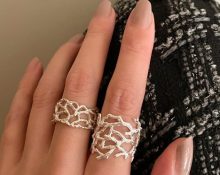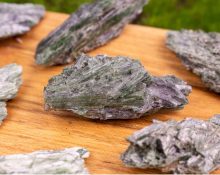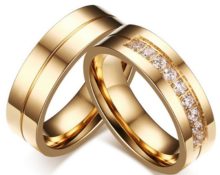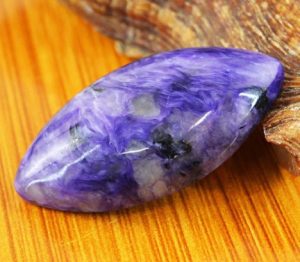
With a light to medium-dark purple color and swirling patterns, Charoite is one of the few gemstones so distinctive that a gemologist can confidently make an identification by eye. No other material can be mistaken for it.
Like lapis lazuli, the gemstone we call charoite is actually a rock. However, it consists almost entirely of the mineral charoite. This dominant mineral gives the stone its characteristic purple color, which can vary even within the same specimen.
The characteristic swirl pattern is caused by fibrous crystals arranged in complex interlocking patterns. The mixture of other minerals includes prismatic orange crystals of tinaxite, pale greenish-gray microcline feldspar, and greenish-black crystals of aegirine augite. The result is a unique, very decorative breed.Thanks to this mixture, picturesque stones are obtained from charoite - products with so-called “natural pictures”, which can resemble landscapes or even objects.
Named after the Chara River, which flows through the Sakha Republic in Siberia, charoite shimmers with rare splendor. This gem can only be found in one place in the entire world, and it was discovered as recently as the 1940s. Pieces of this precious purple stone are few and far between, and since it was discovered in a unique geological formation known as a mastiff, there is a chance that large deposits of this stone will never be found again. Although the stone was found near the Chara River, its name may also be a reference to a Russian word meaning “magical talisman,” which is exactly what you get when you hold a piece of charoite tightly.
Charoite value, price and jewelry information
This is not a bargain gemstone; even the highest quality specimens of charoite cost a few dollars per carat at most. If you're looking for a beautiful pattern, nice colors, good polish and an attractive shape, you can't go wrong. A silky, light or moderate charoite luster enhances the value of the product.
To say that the charoite mineral is a silicate of complex composition is an understatement. For example, one mineralogical source describes it as a hydroxyfluoride of potassium, sodium, calcium, barium, strontium, silicate.
History of discovery
“Lilac Stone” was first discovered in the 1940s in the Chara River area in the Sakha Republic, Russia. In the 1970s, this gem hit Western markets under the name charoite and immediately created a sensation. Traditional lapidaries could make cabochons from it, and carvers could make decorative objects from it.Since charoite can be a massive material, these items can even include bookends, vases and goblets. Metaphysically minded gem lovers attribute a long list of healing and spiritual properties to the stone.
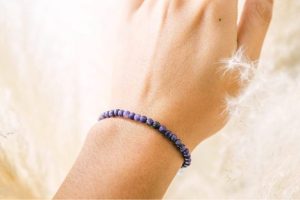
Locations of finds
The only source of this amazing gemstone remains the area of the Chara River in the Murun Massif, Northwestern Aldan, Sakha Republic, Russia.
Charoite is formed from limestone through the process of contact metamorphism. Since it is a relatively common geological phenomenon, it is unclear why its distribution is so limited. The specific limestone and intrusive rocks in the area appear to have had unique chemical properties. Carvers can create objects several centimeters or more in size from available large blocks.
Care
Although charoite is quite strong and has a hardness of 5 to 6, it makes poor ring stones. However, it is safe to use in most other jewelry. Due to the material's sensitivity to heat and poor decomposition, avoid mechanical cleaning such as steam or ultrasound. Instead, use a soft brush, mild detergent, and warm water to clean.


 0
0
